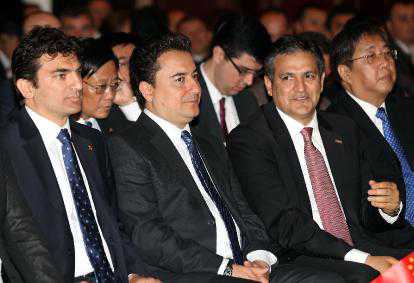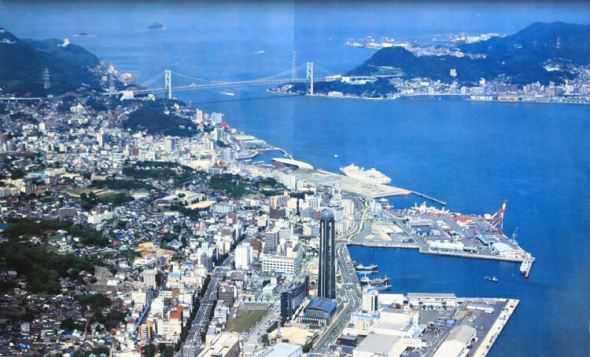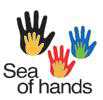China admits ‘secret’ aircraft carrier is nearly ready for launch
Officials suggest refurbished former Soviet vessel will operate in disputed waters including Taiwan Straits
guardian.co.uk

The rusty-looking Varyag aircraft carrier sold by the Ukraine passes through the Bosphorus
China has moved a step closer to launching its first aircraft carrier with senior generals in the People’s Liberation Army finally confirming one of the world’s worst kept military secrets.
Officers from the general staff acknowledged the existence of a carrier, which one of them described as a “symbol of a great nation”, amid reports that it could set sail within weeks.
The vessel in question is a defunct Soviet-era carrier formerly named the Varyag that was bought in 1998 from Ukraine by a Hong Kong company on the pretext that it would be used as a floating casino off the shores of Macau.
Instead it has been upgraded at China’s Dalian naval shipyard with combat sensors and defensive weapons and painted in the colours of the People’s Liberation Army. For several years foreigners have been kept out of the area of Dalian where the work has taken place. But the existence of a 67,500 tonne vessel is not easily concealed and in recent months photographs have appeared in state-run media.
Chen Bingde, the chief of China’s military general staff, has gone a step further in an interview published in the Hong Kong Commercial Daily (translated link), saying the 300m long carrier “is being built but has not been completed”.
His assistant chief, Qi Jianguo, suggested the vessel was both a status symbol and a long-overdue strengthening of China’s naval defence. “All of the great nations in the world own aircraft carriers – they are symbols of a great nation,” Qi was quoted as saying. “It would have been better for us if we acted sooner in understanding the oceans and mapping out our blue-water capabilities earlier.”
Referring to areas where territorial waters are disputed, he said that China faced “heavy pressure” in the South China Sea, East China Sea, Yellow Sea and the Taiwan Straits. But the carrier would never sail into the waters of other nations.
No further details have emerged, leaving military experts to speculate whether the revamped hulk will indeed mark a significant projection of Chinese military power as a “blue water” force or the revamped hulk will hold only symbolic value, lacking the technology and operational experience to challenge the US navy.
The commander of US Pacific forces, Admiral Robert Willard, told the Senate in April that he was not concerned about the carrier’s military impact but expected it would make a big impression on public opinion. “I think the change in perception by the region will be significant,” he said.
In the past year the Chinese military has surprised many foreign observers with the speed of its weapons development – notably the test flight of a J-20 stealth fighter and a “carrier-killer” missile.
China has yet to announce whether the carrier will be renamed. One report suggests it will be called Shi Lang, after a Qing dynasty admiral who conquered Taiwan – further fuelling unease about its impact on regional stability.
• This article was amended on 9 June 2011. The original suggested that the carrier will be called Shi Lang, after a Ming dynasty admiral. This has been corrected.
via China admits ‘secret’ aircraft carrier is nearly ready for launch | World news | The Guardian.





